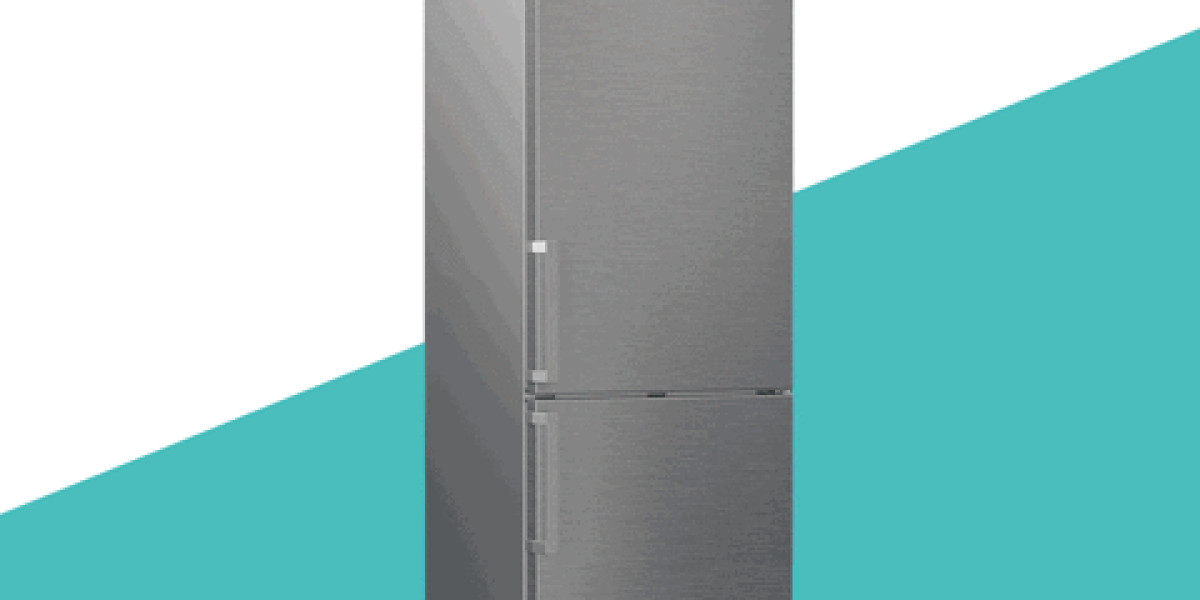In an era dominated by smartphones and cellular networks, the two-way radio equipment market might seem like a relic of the past. However, in 2025, this market is not just surviving—it's thriving and evolving. Two-way radios, from handheld walkie-talkies to sophisticated digital systems, remain an indispensable tool for reliable, real-time communication in sectors where cellular service is unreliable, or instant group communication is critical.
Market on the Rise: Key Stats
The global two-way radio market is experiencing strong growth. This growth is a testament to the technology's continued relevance and its ability to adapt to modern needs.
North America remains a major market, driven by its robust public safety and defense sectors, while the Asia-Pacific region is emerging as the fastest-growing market, fueled by rapid industrialization and infrastructure development. The public safety sector remains the dominant end-user, accounting for a significant share of the market, followed by transportation, logistics, construction, and utilities.
Driving Forces and Key Trends
- Public Safety and Emergency Services: This is the bedrock of the two-way radio market. Police, fire departments, and emergency medical services rely on two-way radios for mission-critical communication, especially during emergencies or disasters where cellular networks can become overloaded or fail. The push for more resilient and interoperable communication systems is a key driver for the adoption of advanced digital radio technologies like TETRA and P25.
- Shift to Digital Radios: The market is witnessing a significant transition from traditional analog to digital two-way radios. Digital radios offer superior voice clarity, better battery life, enhanced features like text messaging and GPS tracking, and improved security through encryption. This shift is a major growth driver, as organizations upgrade their old analog systems to benefit from these modern capabilities.
- IoT and AI Integration: Modern two-way radios are no longer just for voice communication. They are being integrated with IoT and AI technologies to provide more comprehensive solutions. For example, radios can now be equipped with sensors to monitor worker safety in hazardous environments or provide real-time location tracking for better asset management.
- Rise of Outdoor and Recreational Use: The increasing popularity of outdoor recreational activities like hiking, camping, and skiing is creating a new consumer market for two-way radios. In these activities, where cellular coverage is often spotty, a reliable two-way radio is a crucial safety tool. This segment is driving the demand for more compact, durable, and user-friendly handheld devices.
Leading companies like Motorola Solutions, JVCKENWOOD, and Hytera Communications are at the forefront of this market, constantly innovating to deliver cutting-edge solutions that meet the evolving needs of their diverse customer base. From rugged devices for construction sites to sophisticated systems for first responders, the two-way radio is a powerful communication tool that is here to stay.
Get Sample Report: https://www.theinsightpartners.com/sample/TIPRE00003615
Author's Bio:
Nilesh Shinde
Senior Market Research expert at The Insight Partners








